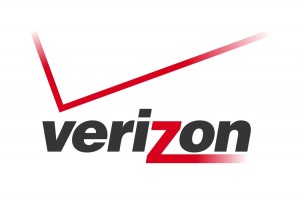 Verizon has announced a deal with the city of Pittsburgh to begin rolling out FiOS services to city residents by the end of this summer.
Verizon has announced a deal with the city of Pittsburgh to begin rolling out FiOS services to city residents by the end of this summer.
This gives the city its first wired competitor to incumbent cable provider Comcast, whose franchise renewal is due at the end of this year.
Verizon FiOS will charge residents $47 per month for 250 standard definition channels plus local high definition channels, and $11 more for several dozen HD channels and more than a dozen sports networks.
Some suburban Pittsburgh customers can already access FiOS broadband products, as the company has wired parts of Banksville, Beechview, Bloomfield, Brookline, Carrick, East Hills, East Liberty, Friendship, Garfield, Highland Park, Homewood, Larimer, Lincoln-Lemington, Morningside, Overbrook, Point Breeze, Regent Square, Stanton Heights and Swisshelm Park. Completing agreements to send video down the network to add a “cable TV” type service is expected to be a relatively simple process, according to Verizon officials.
[flv width=”428″ height=”240″]http://www.phillipdampier.com/video/WTAE Pittsburgh FIOS Arrives in Pittsburgh 7-6-09.flv[/flv]
WTAE Pittsburgh Reports on Verizon Agreement with the City of Pittsburgh
City residents can expect to see service available within the next six years, or the company will be subjected to fines by city officials. But Verizon should have service available far earlier, starting with most of the North Side, some South Hills neighborhoods near suburbs, the business district downtown, and parts of Lawrenceville.
In return for a franchise agreement, Verizon will mimic Comcast’s agreement with the city, handing over 5% of gross revenue. Verizon has also agreed to install dedicated fiber optic service between some city public safety buildings, $700,000 to upgrade the city’s video equipment, in part for local government proceedings, and 52 cents from each customer will be designated towards providing the viewer with public, educational, and local government channels. A total of five channels will be reserved: two for government, one for public access, one for educational use, and a fifth reserved for the future.
More video on this story below.


 Subscribe
Subscribe

